Blog post by: Eye Physicians of Long Beach
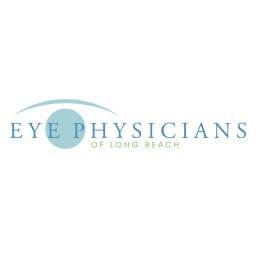
For patients with glaucoma, there are plenty of options available for treating high intraocular pressure. But how do you know what’s right for you? Keep reading to learn about some of the new glaucoma technology now available at Eye Physicians of Long Beach!
What is glaucoma?
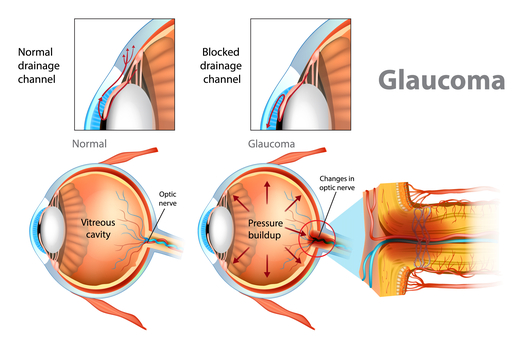
If you just found out you have glaucoma, you may be nervous, scared, or unsure of what to expect. Glaucoma is actually a group of eye diseases that affect the optic nerve. The optic nerve is important because it’s how visual information is sent to the brain and then translated into the images that are seen around us.
If the optic nerve becomes damaged, it’s irreversible and permanent. If you have glaucoma, high intraocular pressure (pressure in the eye) occurs when the aqueous humor is not draining properly. This leads to optic nerve damage and results in irreparable vision loss and even blindness if it’s not caught or treated in time.
Treating glaucoma using eye drops
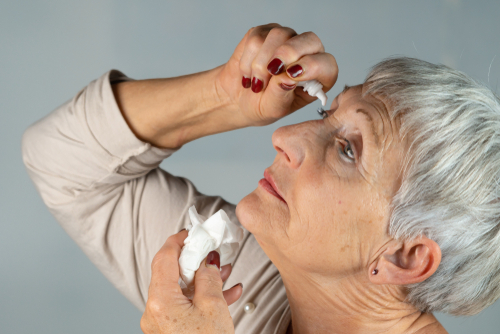
For most patients with glaucoma, the first treatment their eye doctor will recommend trying is an eye drop regimen. The problem with this is it can be very hard to remember to take these eye drops. They usually need to be taken at least one to two times a day to effectively lower intraocular pressure (IOP) in patients.
Another problem with this treatment for glaucoma patients is that they can sometimes result in negative side effects. These may include dizziness, an allergy to the eye drops, a fast or irregular heartbeat, increased blood pressure, depression, decreased energy, and many others.
Durysta is an eye drop alternative for glaucoma patients
For patients that either struggle to take an eye drop regimen to lower their intraocular pressure or haven’t successfully lowered their IOP levels, Durysta is a new option to try. Durysta is a tiny dissolvable implant that the patient has injected into the eye during a simple out-patient procedure at Eye Physicians of Long Beach.
How does Durysta work?
Part of the success behind Durysta is the medication inside the implant. Once implanted, Durysta will automatically release a medication called Bimatoprost. Bimatoprost is part of a class of medications called prostaglandin analogs. With prostaglandin analogs, the outflow of fluid from the eye gets increased.
This helps decrease intraocular pressure in patients with open-angle glaucoma. Although it’s effective, Durysta is not permanent. Instead, it’s actually a dissolvable implant that lasts about 4-6 months for most patients. But even after it’s dissolved, it seems to help patients continue to have lower IOP levels for 12-24 months after.
Could Durysta be right for me?
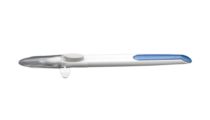
Like any surgical procedure, Durysta is not right for everyone with glaucoma. The best candidates are patients with open-angle glaucoma or ocular hypertension that have not found success in lowering their intraocular pressure levels using eye drops. It also should not be used for patients that have conditions like eye infections, Fuchs’ Dystrophy, a previous cornea transplant, or know that you’re hypersensitive to bimatoprost. Talk to your eye doctor at Eye Physicians of Long Beach if you’re interested in learning more about Durysta!
An at-home option for glaucoma patients, the iCare HOME
For patients with glaucoma that want peace of mind surrounding their IOP levels, there’s the iCare HOME Tonometer. This is the first device of its kind that’s available for patients to measure their IOP levels at home. The iCare HOME doesn’t need any drops, air, or anesthetic.
Instead, the lightweight device is easy to use and makes it simple for glaucoma patients to measure their own intraocular pressure throughout the day. The device uses an automatic measuring sequence series and a single-mode with one button. Alignment is a breeze with iCARE Easy Pos, the intelligent positioning assistant, allowing the correct alignment every time. Your eyes are even recognized using iCARE EyeSmart Automatic OD/OS recognition technology.
The iCare HOME shows a comprehensive picture of intraocular pressure spikes or variations throughout the day. If a patient was only seeing their Eye Physicians of Long Beach eye doctor during office hours once or twice a month, these variations may not be seen. Discovering these changes and variations could prompt the need for different ways to manage them early on like surgery.
How does the iCare HOME work?
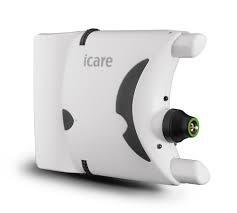
Before you can use the iCare HOME, you’ll receive a brief training with your ophthalmologist at the Eye Physicians of Long Beach office. After you have a sufficient understanding of how to use the tonometer, your ophthalmologist will then write you a prescription for the device. iCare HOME will guide you using audio cues and lights while automatically identifying which eye you’re measuring. All measurements get stored and uploaded to the cloud-based iCare CLINIC software. This is for your doctor to access at any time and is secure.
Does the iCare HOME make contact with my eyes?
The only contact that the iCare HOME makes with your eyes is for a moment and the measurement uses a disposable probe. This makes the iCare HOME tonometer gentle for your eyes since it’s based on the iCare rebound tonometry principle.
What is the advantage of using the iCare HOME tonometer?

Patients with glaucoma can reduce how often they see their eye care provider thanks to using the iCare Home tonometer. This is not to say that glaucoma patients can cut out seeing their eye doctor altogether, because that’s not true. But visits that are only related to IOP levels can be cut down on thanks to using the iCare Home.
Studies have also shown that using the device leads to a higher rate of compliance once the patient sees their intraocular variations when they use the iCARE Home. This is especially important for glaucoma patients as any vision loss that occurs from the condition is permanent and irreversible.
Want more information about new glaucoma technology available at our practice? Schedule an appointment at Eye Physicians of Long Beach in Long Beach, CA to find out if these new state-of-the-art technologies may be right for treating your glaucoma!
